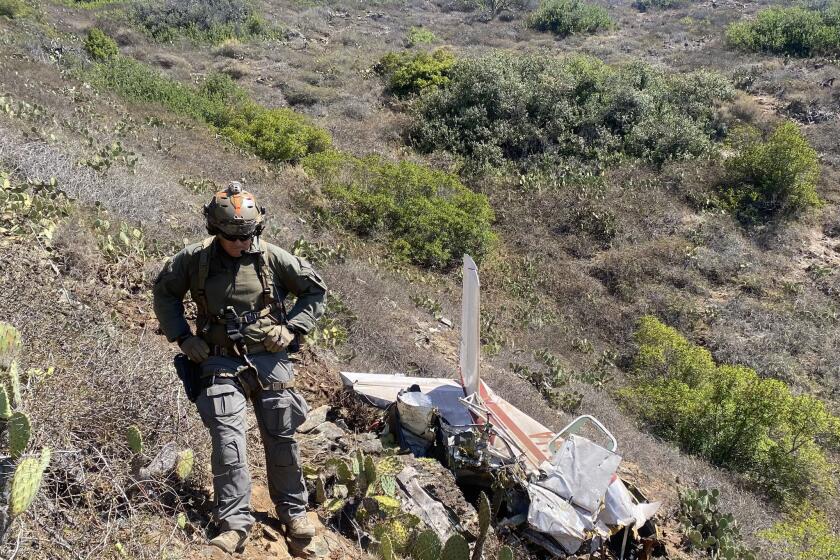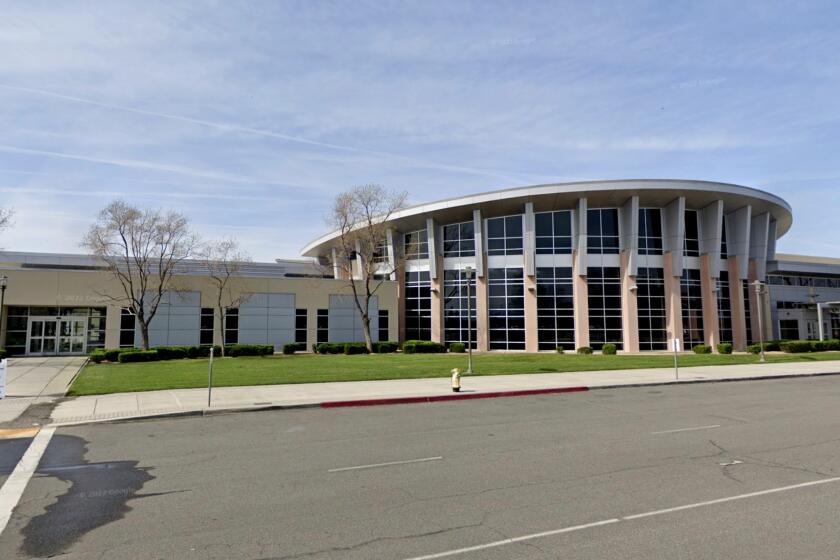Getting Traffic on the Road to Recovery
When Police Chief Daryl F. Gates delivered blunt words last month about the horrors of driving in metropolitan Los Angeles, he touched tender chords in many of us who feel stressed at the steering wheel.
In a letter to Mayor Tom Bradley, Gates said that congestion among vehicles has caused a dramatic increase in fatal accidents. Gates likened the city’s traffic problems to a “catastrophic flood” that is spawning more and more undisciplined drivers and pedestrians.
Recommending a series of corrective actions on the part of governmental agencies, Gates put special emphasis on the need for Caltrans to do its freeway maintenance work outside of peak commuter hours. “They screw up traffic unbelievably,” Gates said. “They never assess the traffic flow.”
Much as I applaud Gates’ remarks, it seems to me that he could have raised several additional points.
First, I suspect that the problem of too many drivers cannot be solved short of the kind of dramatic action taken by the federal government to deal with surplus farm crops.
Farmers are paid to cut back on their planting, right? Why not pay urban drivers to stay at home and thus cut back on their driving?
I haven’t worked out the technical details of the system, but my general proposition is that a driver who figures out a way to work at home, as well as to shop by telephone, should be able to record electronically that he or she is absent from the road.
As a reward for such absence, that driver would receive a subsidy check from the taxpayers. (If a driver merely pretends to stay home and then sneaks out the back door, there would be a stiff fine.)
Cash counts, after all, and when science works out the bugs in the pay-’em-not-to-drive system, thereby leading large numbers of motorists to stay off the road, there could be a renewal of belief in the expression “pleasure driving.”
Working out the bugs brings up a related point. Chief Gates failed to mention the desirability of seeking help from inventors, of whom we have many in the metropolitan area. Inventors could play an important role by way of making driving a safer and saner experience.
Here are a few suggestions for devices that inventors could develop further:
The Vanity Stopper. It’s time to invent a rear-view mirror that is not capable of reflecting close-up images; only those objects more than, say, three feet to the rear would be visible. This should discourage self-examination by those drivers who may be under the impression that a moving auto is the ideal place to comb hair or to freshen makeup.
The Talk Stopper. It’s also time to invent and equip every car with a video camera and microphone, hidden from the driver but trained on the driver’s position in the car. If the driver turns toward another passenger in the car, in order to carry on a conversation, the hidden mike and camera will trigger a tape player which warns: “Eyes front, eyes front. Stop talking and just keep eyeballing traffic.”
If the driver ignores the warning, a stream of cold water would zap him from an interior panel. If he continues talking despite the cold water, a pair of mechanical clamps would emerge from the paneling to close the driver’s mouth and swivel his attention to the road ahead.
The Curse Stopper. The same hidden mike and camera would play a different tape on those occasions when the driver curses at other drivers. “Be quiet, friend,” the tape chides our excitable driver, “your voice is making stupid noises.” If the cursing did not subside, the driver would be zapped by water and then by those mechanical clamps.
The Honker Stopper. Another invention awaited by many is a sound-sensitive computer built into the rear bumper. If the driver immediately in back of you has not figured out that cars in front of you have stopped, and if he begins honking impatiently, this device could be instructive.
Out of twin panels at the rear of your car there would unfold twin amplifiers on long mechanical arms. Acting on computerized information (distance, size of car, etc.), the mechanical arms would reach back and clamp onto the roof or windows of the car at the rear. Out of the amplifiers would pour the magnified din of hundreds of blaring horns, enough to give pause to that impatient fellow in back of you.
None of this detracts from the proposals made by Chief Gates. I only hope that improvements on every possible front will commence swiftly.
More to Read
Sign up for Essential California
The most important California stories and recommendations in your inbox every morning.
You may occasionally receive promotional content from the Los Angeles Times.









